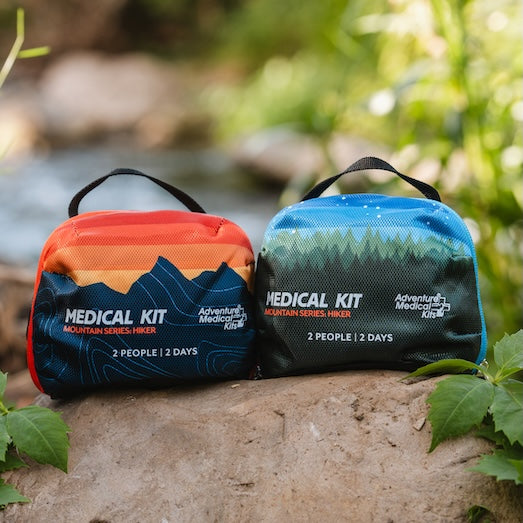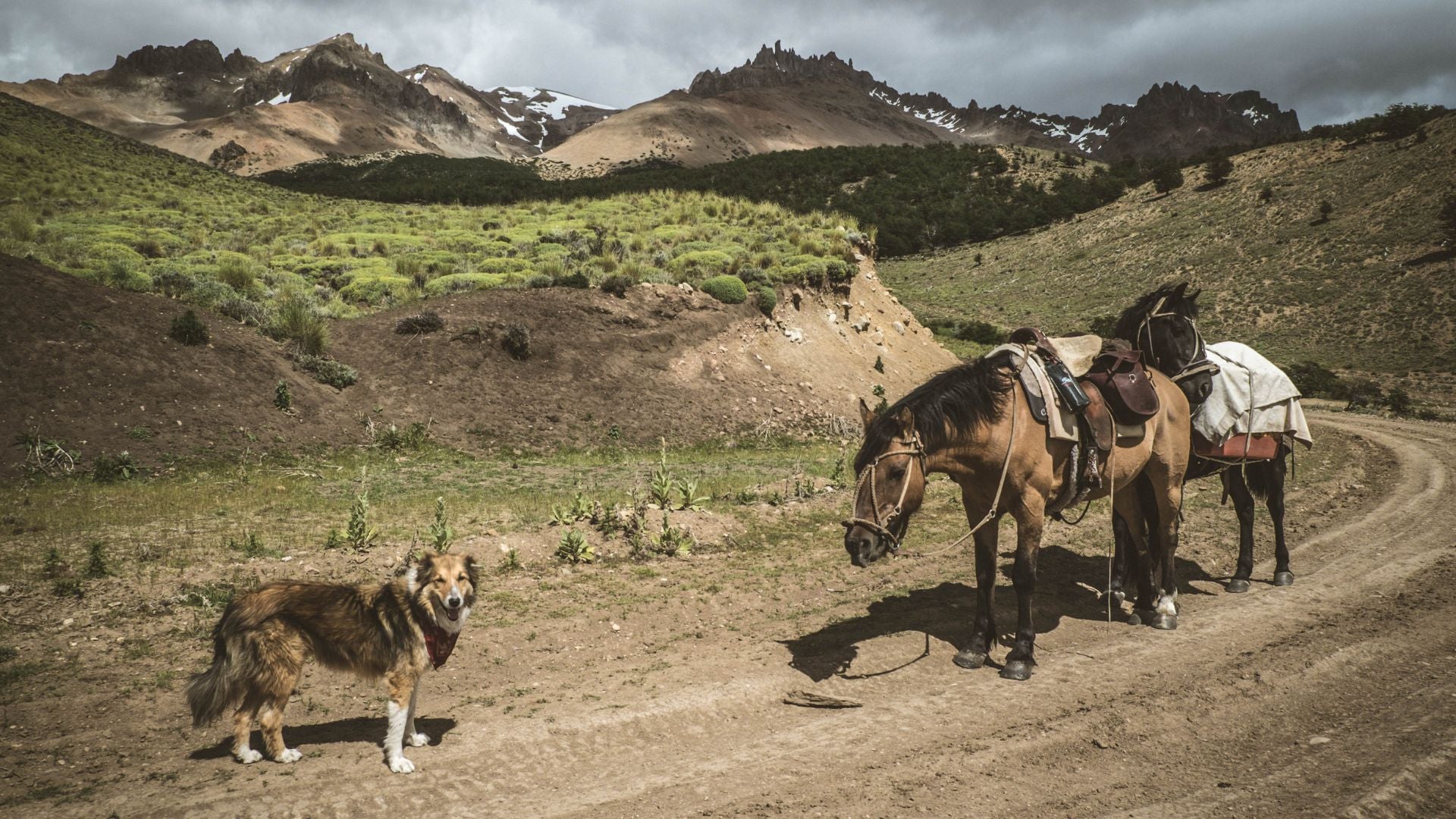Spring of 2018, Canyon Country Youth Corps (CCYC) was asked to work with the Bureau of Land Management on remote sections of the San Juan River, removing and treating the invasive Tamarisk and Russian Olive. The remote work location required CCYC to break out rafting gear and hire a river guide to ensure the CCYC crew could float the lower San Juan safely with all the chainsaw gear, gasoline, and herbicide needed.
Gasoline Geysering
The Southwest gets very hot during the spring, especially with several days without cloud cover. This can create difficulties when working with machines and flammable fuels. Gasoline evaporates as it heats up, which creates pressure in a closed fuel tank, even when mixed with two-stroke engine oil. This pressure buildup in a hot chainsaw has caused a problem known as “geysering.” This is where a literal geyser, or small fountain, of gasoline shoots out of a chainsaw when pressure is released, like when removing the fuel tank cap. This gasoline geysering is exactly what happened while CCYC was working remotely on the San Juan River, a day down river from the put in, and a four day paddle to the take out.
Gas in His Eyes
It was the morning of the second day of work when a Crew Leader walked over to the Field Coordinator and Field Boss and calmly explained, “Will has gas in his eyes and says it’s hard to breathe.” The Crew Leader was advised to inform the River Guide, who was Wilderness First Responder trained.
The field staff grabbed their water bottles and hurried over to Will, who was found shirtless, leaning over a rock and splashing river water over his chest, shoulders, face, and mouth. He claimed his shirt was soaked with gasoline, his skin was tingling, and his eyes were burning severely. When his chainsaw geysered, he was wearing safety eye protection, but the gasoline reached his eyes anyway.
The Field Boss told Will to stand and put his head back, and they started pouring clean water over his eyes and eyelids. Another Crew Leader was advised to retrieve the large Adventure Medical Kit, knowing it contained a large irrigation syringe and eye drops. The Field boss continued pouring clean water over Will’s eyes and eyelids. Just moments later, the River Guide arrived with the Adventure Medical Kit and took over.
The River Guide used the large irrigation syringe to squirt clean water over and directly into Will’s eyes in an effort to wash out all traces of gasoline. Will said his skin was still tingling, especially in the direct sunlight, but his eyes remained the first priority. The CCYC backcountry communication device was on hold, ready to send an evacuation request. CCYC protocol is if loss of life, limb, or eyesight are at risk, an emergency evacuation is organized, which, on a remote section of river, would require a helicopter.
30 Minutes & 2.5 Liters
The rest of the crew waited anxiously; they rinsed Will’s shirt, they checked the chainsaw, and they waited for updates. To many people’s surprise, it took about 30 minutes and 2.5 liters of water for Will to claim the stinging was still present but less severe and his vision was not blurry. The whole crew breathed a sigh of relief. The River Guide advised Will to hold off on work the rest of the evening, to wash his skin with soapy water, and to sit in the shade.
Will rinsed his eyes again after dinner, and then applied saline eye drops. Will confirmed he was feeling better after the end of the day, and an emergency evacuation was not necessary. Thank goodness for the Adventure Medical Kit and for the River Guide who took over when necessary!
The entire crew was surprised at the amount of water and time necessary for Will to feel relief in his eyes. It was an adrenaline-filled morning; however, the entire crew learned a valuable lesson on the dangers of gasoline geysering and how to respond if geysering occurred again. The biggest lesson learned was how to prevent gasoline geysering and injury. Gasoline containers and chainsaws must be placed and stored in the shade when not in use. A STIHL chainsaw fuel tank can be checked through the translucent sides. If a tank is over ½ full do NOT open the tank. Instead, wait for the chainsaw to cool down, then open the fuel tank. When opening a fuel tank, a sawyer must not stand or lean directly over the fuel tank and must instead face away until pressure is released.
Thankfully, Will recovered just fine after the gasoline geysering incident, and the entire crew was able to continue their work on the San Juan River and enjoy floating to the take out. Without a doubt this was one of the most memorable trips for the CCYC spring season.
About Canyon Country Youth Corps
Canyon Country Youth Corps (CCYC) is a youth conservation Corps that trains up to 56 individuals every year on various conservation and restoration techniques. CCYC works across Utah completing projects primarily on riparian restoration removing Russian Olive and Tamarisk, which are common invasive species in Utah that crowd and destroy river banks.
As a result of Tamarisk and Russian Olive establishment, the river banks have become super-stabilized. This is not good for a healthy, moving river, which are supposed to have bends, curves, braiding, slow parts, and fast parts that change over time. Tamarisk and Russian Olive also shade the river. This extra shade along an entire river results in significant water temperature cooling. This is detrimental to native fish populations that require a specific temperature range for mating and spawning.
With all the negative effects of Russian Olive and no foreseen circumstance of Tamarisk or Russian Olive being outcompeted by native plant species, mechanical and chemical removal has become necessary. This is where Canyon Country Youth Corps comes into play. Throughout the spring and fall seasons, CCYC works along various rivers using chainsaws, hand tools, and herbicide to remove and treat Tamarisk and Russian Olive.














